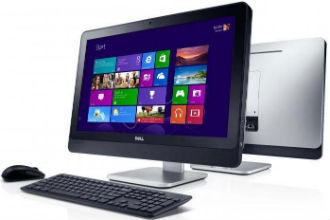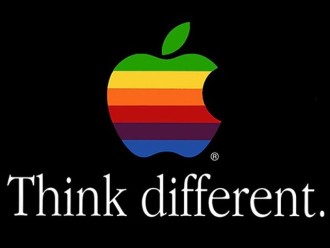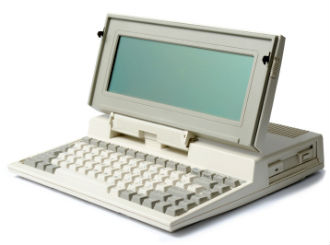 Although the PC industry has fallen on hard times, there are some notable exceptions and the market for all-in-one (AIO) PCs is one of them. Shipments of AIOs are expected to grow by 17.3 percent year-on-year.
Although the PC industry has fallen on hard times, there are some notable exceptions and the market for all-in-one (AIO) PCs is one of them. Shipments of AIOs are expected to grow by 17.3 percent year-on-year.
All-in-ones are hardly a new concept, they have been around for years and Apple has already made a killing with the stylish and pricey iMac series.
However, in recent years PC vendors have also joined the market, with mixed results. Apple’s iMac still leads the way, but other brands should see 4.9 percent growth, according to Digitimes Research.
Although it is doing well in just about every other market segment, Lenovo is expected to experience a small drop in shipments. HP will see a bit of growth, but Dell and Sony should see strong gains. Interestingly, all big players are expected to increase their market share, which means they are pushing small vendors out of the market. This is not surprising, as AIOs tend to be quite a bit more difficult to design and produce than regular PC boxes, hence big brands with plenty of resources are at an advantage.
Quanta and Wistron should remain the leading manufacturers of AIOs, with shipments of seven and three million units respectively. Pegatorn and TPV Inventa should ship upwards of two million units each.
The numbers reveal that the market is still relatively small, but it seems to have a lot of potential. AIOs boast a number of advantages over regular PCs. Most of them use mobile chips and drives, which means they are a lot more efficient than traditional PCs. They also take up a lot less room and since they don’t have a bundle of dusty cables sticking out of them, they tend to look sleek and modern. Lower electric bills and less real estate taken up by ugly hardware are the most obvious selling point.
There are a few downsides though. Mobile components cost a bit more than the usual desktop bits and pieces, which means AIOs tend to have a lot higher bill of material. They are harder to service and many components cannot be upgraded at all. However, the PC is already very mature so frequent upgrades are slowly becoming a thing of the past. Over the past decade millions of users migrated from desktops to notebooks, so they should be used to a lack of upgradeability by now.
Besides, vendors don’t mind planned obsolescence – they thrive on it. On the other hand, if AIOs really take off, they could have an impact on a number of component makers, ranging from AIBs to peddlers of various peripherals and monitors.
 It appears that Apple is set to release three more iPhones in the second half of this year.
It appears that Apple is set to release three more iPhones in the second half of this year.









